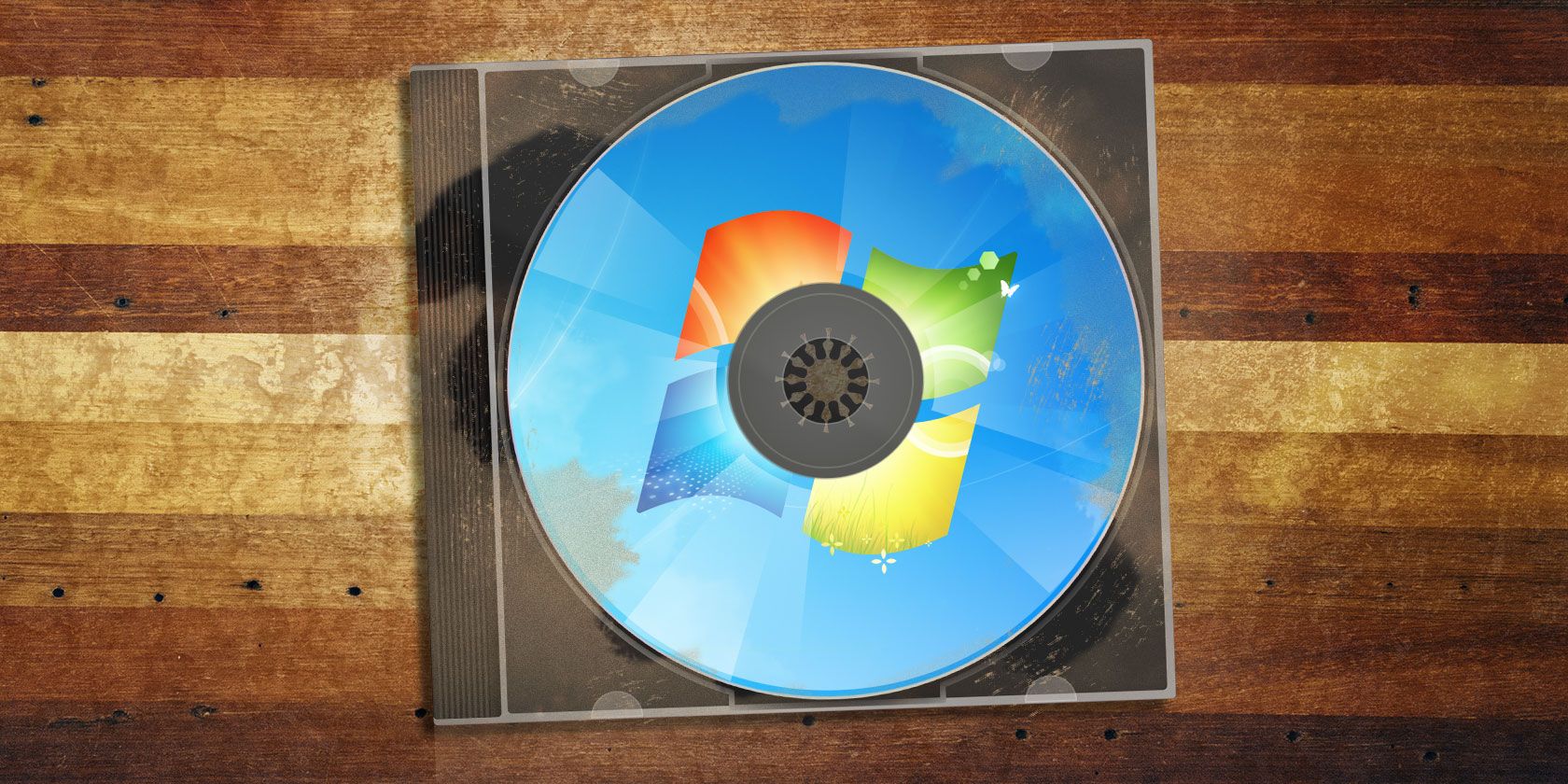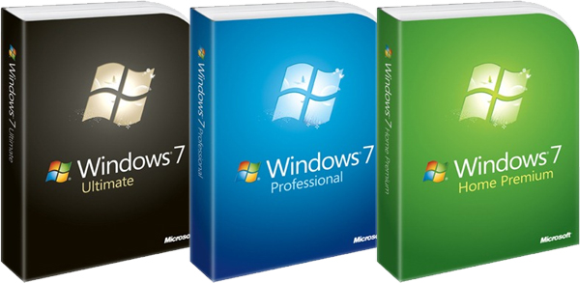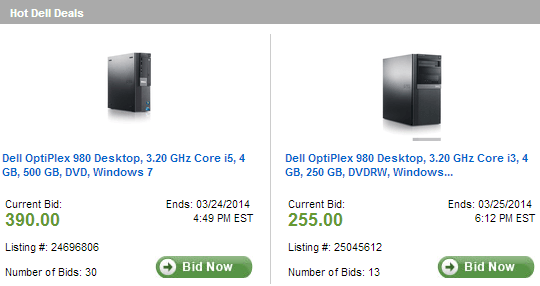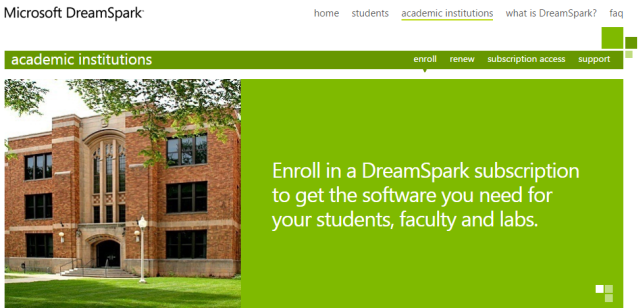Microsoft is slowly decommissioning its former Windows flagship. Since October 31st, the consumer editions of Windows 7, as well as Windows 7 Ultimate, have officially been retired. If you don't want to move on to Windows 8.1 with your next hardware upgrade, we've got some options for you.
Buy A Windows 7 License: OEM, Retail, Or Second Hand
In a previous article on how to obtain a legal copy of Windows 7, we recommended you to look into online retailers or second-hand options. Be extra careful with the former. Retailers are no longer permitted to hand out OEM versions for Windows 7 Starter or Home editions. Moreover, if you don't want to violate the terms of service, OEM licenses are off limits for personal use for all editions of Windows 7!
Windows 7 and Windows 8.1 system builder software does not permit personal use, and is intended only for preinstallation on customer systems that will be sold to end users.
If you do find a cheap and legitimate offer for a standard retail copy, whether it's a second-hand consumer (Home) or first-hand business (Professional, Enterprise, Ultimate) edition, render yourself lucky.
Buy A Computer With Windows 7 Pre-Installed
In the aforementioned article, we also recommended to buy a new computer that comes pre-installed with Windows 7. Since the consumer edition has been retired, you will soon only be able to find computers that come with Windows 7 business editions.
If you cannot or don't want to afford business grade hardware, we recommend looking into the second hand market for a Windows 7 retail license or computer. Your options include eBay, eBay classifieds, Craigslist and any local classifieds service or paper. You should also look into dedicated online computer auctions for a bargain.
Transfer Your Current Windows 7 License Or Installation To A New Computer
If you previously bought a Windows 7 retail version, you can use that license to install Windows 7 on a new computer. You can also move your old Windows installation to a new computer, provided you have a proper license. If your computer came with Windows 7 pre-installed, you most likely own an OEM license, which cannot be transferred to new hardware.
Note that if you bought a computer that came with Windows 8 Professional, you can downgrade to Windows 7. That, however, requires that you own Windows 7 installation media and a valid Windows 7 license.
Get Windows 7 Via Microsoft DreamSpark [No Longer Available]
If you're a student or work for a university, find out whether your institution has a subscription with Microsoft's DreamSpark programme (formerly MSDN Academic Alliance). Students and employees of participating institutions can get Microsoft software for cheap or even free. If you're lucky, this still includes Windows 7 (it used to).
Alternatives To Windows 7
Microsoft has not yet determined the end of sales for Windows 7 Professional and sales probably won't end before Windows 10 is released in mid / late 2015. It's very clear, however, that mainstream support for Windows 7 will end on January 13, 2015. Extended support is expected to last until January 14, 2020. While Windows 7 remains the most popular Windows version, it's time to let loose.
Since holding on to Windows 7 will become only harder, you'll have to look for alternatives. This is what we suggest:
- Upgrade to Windows 8.1; buy a cheap Windows 8 license and install all updates to improve desktop mode, install a Start Menu, get used to the modern interface, or make Windows 8 look like Windows 7.
- Wait for Windows 10; it will auto-optimize for desktop environments, comes with a Start Menu, and so far appears to work much better than Windows 8, even on older hardware. You can even try Windows 10 for free and see for yourself.
- Transition to Linux; Linux is free and easy to use, the interface isn't too different from Windows, you can choose from a vast collection of free software to replace Windows software not available for Linux, and we have a handy guide for migrating from Windows 7 to Ubuntu. Should you really switch to Linux? You can try Linux with a live USB before you decide.
How Will You Replace Windows 7?
Many people are excited about Windows 10, but it won't be released until next year. Meanwhile, you can install the preview versions, but you shouldn't use a Windows Preview as your main operating system. There's rumors that Windows 8 users will be able to upgrade to Windows 10 for free, but Microsoft hasn't confirmed anything.
If you're in the market for a new computer and want to avoid Windows 8, your best bet is to buy a computer that comes with Windows 7 Professional, hold out until Windows 10 is released, or dual boot Linux. Keep in mind though that new hardware comes with novel features that won't immediately be available to Linux and much less to Windows 7 users. Eventually, you'll want to use that touchscreen and then what?
What will you do once you need to replace your current Windows 7 device?




